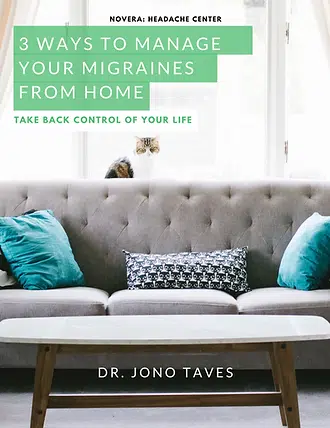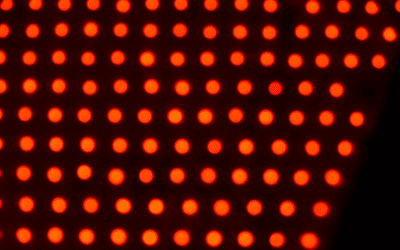Headache and migraine sufferers can often be frustrated as they search for effective solutions. Understanding how to find appropriate care and how providers can deliver long-term relief is key to breaking free from a cycle of pain, medication dependence, and uncertainty. This guide offers actionable insights for patients and providers alike, empowering them to address the root causes of headaches and migraines and achieve lasting relief.
For Patients: How to Find the Right Care
- Recognize the Root Causes
Headaches and migraines often originate from dysfunction in the neck, shoulders, or jaw. When the body isn’t moving efficiently, stress on joints, muscles, and ligaments can lead to inflammation and pain. Identifying these underlying physical issues is crucial for effective treatment. - Seek Skilled Physical Therapy
A trained physical therapist who understands the biomechanics of the neck and shoulders can play a significant role in your recovery. Look for a provider who is confident in treating the neck area and addressing movement dysfunctions. Confidence in your provider fosters belief in the treatment plan, which can significantly improve outcomes. - Minimize Over-Reliance on Medication
Medications can offer short-term symptom relief but often mask the root problem. Regular use of preventive or abortive medications may lead to rebound headaches and fail to address the cause. Work with your provider to develop a treatment plan that prioritizes non-pharmaceutical interventions. - Consider Virtual Coaching
If access to in-person care is limited, virtual coaching can be an effective alternative. A skilled coach at Novera: Headache Center can guide you in improving posture, movement patterns, and daily habits to reduce stress on your neck and shoulders. Even small changes in your routine can lead to significant improvements over time. - Adopt a Holistic Approach
Recovery isn’t just about treatment sessions—it’s about understanding how your daily activities contribute to stress or relief. Evaluate your posture, work habits, and sleep setup, and aim to shift activities from being sources of stress to being therapeutic.
For Providers: How to Deliver Effective Care
- Build Confidence in Your Expertise
One of the biggest barriers to patient recovery is a provider’s lack of confidence in treating headaches and migraines. While these conditions can feel intimidating, remember that you have the tools to make a difference. Understanding neck biomechanics and pain science equips you to offer impactful care. - Address Movement and Joint Dysfunction
Effective physical therapy for headaches and migraines often involves hands-on techniques to restore mobility in the upper neck. Be prepared to apply specific pressures to joints, such as the atlas, to restore natural movement patterns. Training is essential and practice can build your confidence in delivering these techniques. - Shift the Focus from Symptoms to Solutions
Avoid defaulting to medication or referrals to neurology without exploring physical causes. While neurologists and medications have their place, they often don’t address the mechanical issues that underlie many headaches and migraines. Take the time to evaluate and address movement dysfunctions. - Incorporate Lifestyle Coaching
Long-term relief requires a comprehensive approach that includes improving patients’ daily habits. Help patients identify and reduce stressors in their routine, such as poor posture or prolonged sedentary behavior. Guide them in integrating therapeutic activities into their lives. - Leverage Virtual Tools When Necessary
Virtual coaching isn’t just a stopgap; it’s a powerful tool for helping patients make meaningful changes. Use virtual sessions to educate, motivate, and empower patients to take ownership of their health by improving posture and movement patterns.
Key Takeaways for Patients and Providers
- Patients: Look for providers who focus on treating the root causes of headaches and migraines, not just the symptoms. Be proactive about adopting healthy habits that reduce physical stress.
- Providers: Embrace your role as a key player in addressing headaches and migraines. With the right training and confidence, you can deliver transformative care by restoring movement and guiding lifestyle changes.
Together, patients and providers can break the cycle of chronic headaches and migraines by focusing on the root causes and committing to long-term, holistic solutions. For more personalized guidance, consider reaching out to experts who specialize in this area or exploring virtual coaching options designed to meet your needs.




